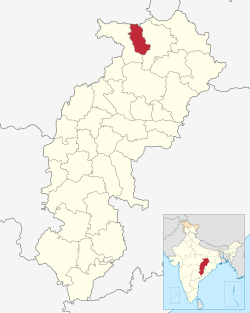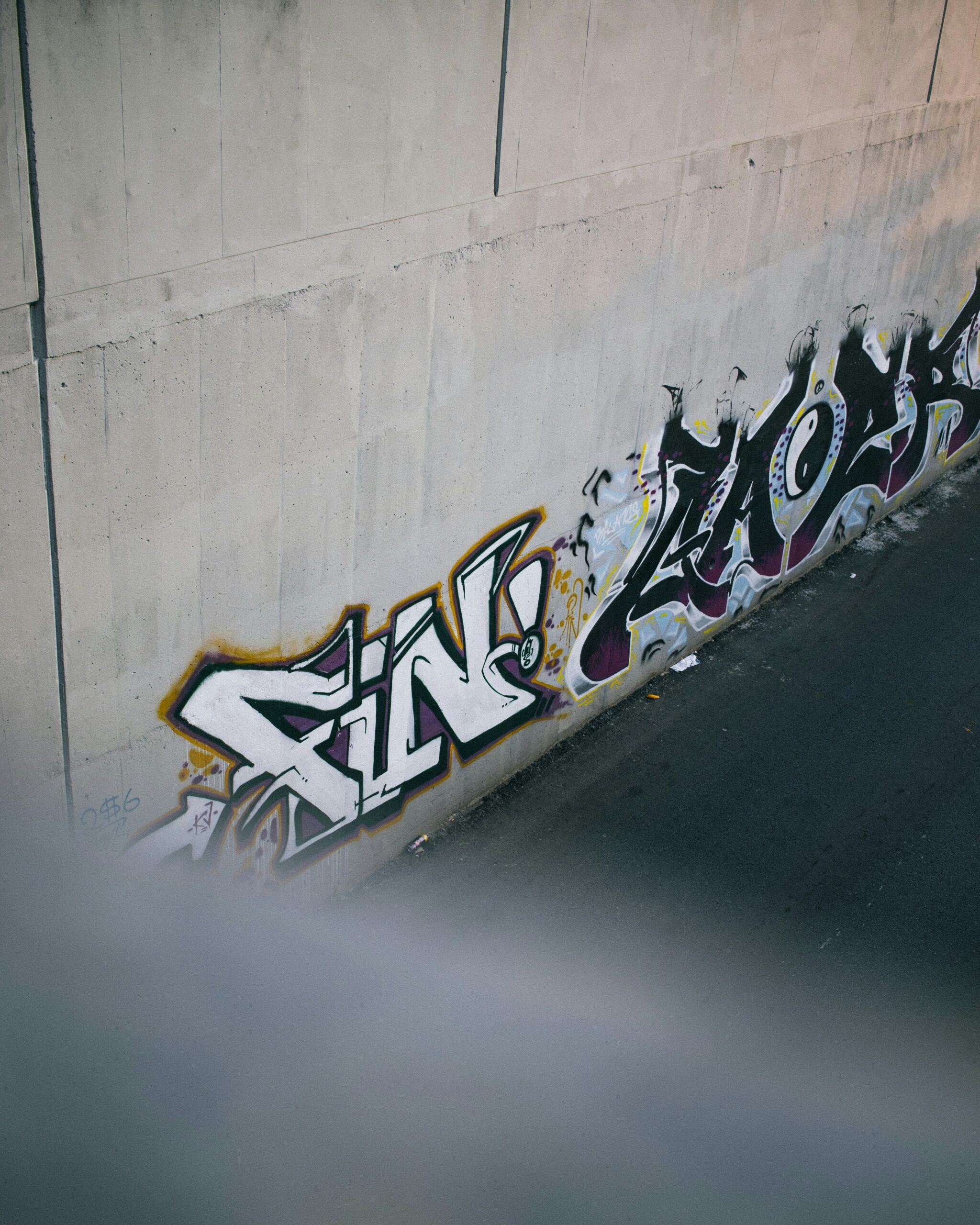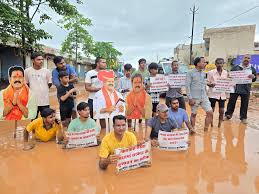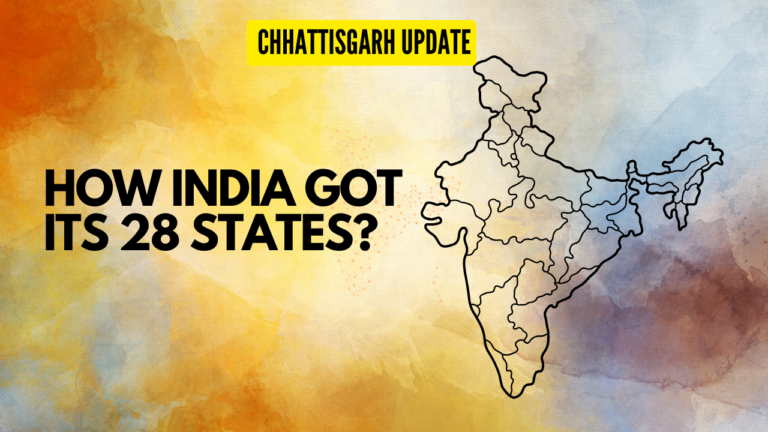Koriya district, officially known as Korea district, is a hidden gem nestled in the north-western part of the Chhattisgarh state in Central India. This district, with its rich history, stunning geography, and diverse culture, has a lot to offer to both travelers and history enthusiasts. In this comprehensive article, we will delve deep into the various facets of Koriya district, from its historical significance to its geographical wonders, educational institutions, demographics, languages, culture, and prominent tourist destinations. Let’s embark on a journey to uncover the treasures of Koriya district.
| Country | |
|---|---|
| State | Chhattisgarh |
| Division | Surguja |
| Headquarters | Baikunthpur |
| Tehsils | 3 |
| Government | |
| • Vidhan Sabha constituencies | 1 |
| Area | |
| • Total | 6,604 km2 (2,550 sq mi) |
| Population
(2011)
|
|
| • Total | 247,427 |
| • Density | 37/km2 (97/sq mi) |
| Demographics | |
| • Literacy | 71.41 |
| • Sex ratio | 971 |
| Time zone | UTC+05:30 (IST) |
| PIN |
497xxx (Koriya)[1]
|
| Major highways | 1 |
| Website | korea |
History
The Enigmatic Past
The history of Koriya district is shrouded in mystery, with little known about the area before the 16th century. However, what we do know is that Koriya was once a princely state under the British Empire in India. Notably, the Koriya district was not alone in this distinction; it shared its princely status with Chang Bhakar, another princely state that lay within its boundaries.
Independence and Union
The winds of change blew across India in 1947 as the country gained independence. Koriya and Chang Bhakar, in a significant historical move, acceded to the Union of India on 1 January 1948. Following this pivotal moment, both regions were incorporated into the larger Surguja District of Madhya Pradesh state.
Birth of Koriya District
On May 25, 1998, a new chapter was written in the history of this region when Koriya District was carved out of Surguja district. This division marked the beginning of a new era for the people of Koriya. Then, on November 1, 2000, with the formation of the state of Chhattisgarh, Koriya District became an integral part of the newly-formed state. It’s important to note that Koriya District currently finds itself in the Red Corridor, an area known for its Naxalite insurgency.
Geography
A Topographical Overview
Koriya District is strategically located between 22°56′ and 23°48′ North latitude and 81°56′ and 82°47′ East longitude. Its geographical boundaries are defined by Manendragarh-Chirmiri-Bharatpur district to the north-west, Korba District to the south, and Surajpur District to the east. The district covers an extensive area of 5977 square kilometers, of which a substantial 59.9% is covered in lush forests.
Hill Ranges and Peaks
The geography of Koriya District is characterized by sprawling hill ranges. The lower tableland boasts an average elevation of 550 meters (1800 feet) above sea level. The Sonhat Plateau reaches even greater heights, with its peaks soaring to 755 meters (2477 feet). The district’s crown jewel is the lofty Deogarh peak, standing tall at an impressive 1027 meters (3370 feet) above sea level.
Climate
Koriya District enjoys a mild climate that can be categorized into distinct seasons. It experiences a monsoon season, a temperate summer, and a pleasantly cool winter. This climate makes Koriya a comfortable place to live and visit throughout the year.
Education
A Hub for Learning
Koriya District has earned a reputation for its educational prowess. Students from neighboring regions flock to Koriya in pursuit of higher education. Among the educational institutions in the district, New Life English School stands out. This school, located in the Chhattisgarh-Madhya Pradesh region, holds the distinction of being the first school in Central India to offer STEM and Robotics education at the school level. New Life School is perched in the picturesque hill station known as Janakpur.
Divisions
Administrative Subdivisions
Koriya District is divided into two administrative subdivisions, namely Baikunthpur and Sonhat. Within these subdivisions, the district encompasses 653 villages, 3 Janpad Panchayats, 236 Gram Panchayats, 2 Nagar Panchayats, and 1 municipality. This administrative structure ensures the efficient governance of the district and the welfare of its residents.
Demographics
The People of Koriya
Koriya district is a melting pot of diverse cultures and religions. According to the 2011 census, Hinduism is the dominant religion in the region, with 92.31% of the population adhering to it. Other religions represented in the district include Islam (3.95%), tribal religions (1.92%), Christianity (1.61%), and other or unspecified beliefs (0.21%).
Population Statistics
As of the 2011 census, Koriya district had a population of 658,917, a number roughly equivalent to the nation of Montenegro or the US state of Vermont. This population translates to a population density of 100 inhabitants per square kilometer. Over the decade from 2001 to 2011, the district experienced a population growth rate of 12.4%. Koriya boasts a sex ratio of 968 females for every 1000 males and a literacy rate of 71.41%.
Post Bifurcation
After the bifurcation of the district, the population of Koriya stood at 247,427, with 29.30% of the population residing in urban areas. The district maintained a sex ratio of 964 females per 1000 males. Scheduled Castes constituted 8.30% of the population, while Scheduled Tribes made up a significant 39.25%.
The 2001 Census
Looking back to the 2001 census, the total population of the district was 586,327. In this population, males accounted for 51.38% while females made up 48.62%. A substantial 70.2% of this population lived in rural areas, while the remaining 29.8% resided in urban centers. Scheduled Castes constituted 8.2% of the population, while an even larger percentage, 44.4%, belonged to Scheduled Tribes. The literacy rate at the time was 63.1%, with males boasting a higher literacy rate of 75.7% compared to females at 49.7%.
A Mosaic of Communities
The original inhabitants of Korea district comprised the Kols, Gonds, and Bhuinhars (Pando). Interestingly, the district has seen continuous migration throughout its history. Various communities, including the Cherva, Rajwars, Sahu, Ahir, Gwalas, Oraon, Gadaria (Gaderi), Koir, Bargah, Basods, Muslims, Kahars, Kunbi, Kewats, Guptas, Jaiswal, Schedule Caste, Agrawals, Jains, and Panika, have made their home in Korea District.
Languages
A Linguistic Tapestry
The linguistic diversity of Koriya District adds to its rich tapestry of culture. At the time of the 2011 Census of India, several languages were spoken in the district. Surgujia took the lead with 68.07% of the population using it as their first language, followed by Hindi (20.62%), Kurukh (3.14%), Chhattisgarhi (1.74%), Bhojpuri (1.12%), and others (5.31%). This linguistic diversity reflects the harmonious coexistence of different linguistic communities in the district.
Culture
Celebrating Diversity
Koriya District is a place where culture thrives, with several community dances and festivals celebrated with great enthusiasm. Three community dances, namely the Karma, Saila, and Suva Dance, hold a special place in the hearts of the locals and are performed during various festivals. Additionally, the district partakes in the grand celebrations of India’s major festivals, including Diwali, Dashehra, and Holi.
The Koriyan communities also observe unique festivals such as Ganga Dashera, Charta, Nuakhai, and Surhul, which provide visitors with a glimpse into the distinct cultural heritage of the region.
Tourist Places
Discovering Natural Wonders and Cultural Heritage
Koriya District is not only rich in history and culture but also boasts an array of captivating tourist destinations. Some of the main attractions in the district include:
Guru Ghasidas National Park: A sanctuary for wildlife enthusiasts, this national park is a haven for a diverse range of flora and fauna.
Marine Fossil Park, Manendragarh: Unearth the prehistoric past at this unique fossil park, where marine fossils provide a glimpse into ancient times.
Karamghongha, Manendragarh: A place of natural beauty and serenity, Karamghongha is a perfect spot for a tranquil getaway.
Boridand Junction Railway Station: Located just 8 kilometers from Manendragarh, this railway station is an essential transportation hub in the region.
Sirouli Temple, Manendragarh: A place of religious significance, the Sirouli Temple attracts devotees and tourists alike.
Siddh Baba Temple, Manendragarh: Explore the spiritual side of Koriya District by visiting this revered temple.
Amritdhara Waterfall, Manendragarh: Nature lovers will be enthralled by the beauty and serenity of this enchanting waterfall.
Hasdeo River, Manendragarh: The Hasdeo River offers scenic views and opportunities for a refreshing dip.
Ramdaha Waterfall: Another stunning waterfall to explore, offering a tranquil escape from the hustle and bustle of life.
Gaurghat Waterfall, Tarra, Sonhat: This picturesque waterfall is a hidden gem for nature enthusiasts.
Jagnnath Mandir, West Chirimiri: Visit this temple to experience the spiritual and architectural heritage of the region.
Jogi Math Kailashpur, Sonhat: An important spiritual center, Jogi Math is steeped in tradition and culture.
Gangi Rani Ramgarh, Sonhat: Discover the historical significance of this site as you explore its unique charm.
Rock Painting Badra, Sonhat: These ancient rock paintings provide insights into the artistic expressions of early inhabitants.
Korea Palace, Baikunthpur: A symbol of historical grandeur, the Korea Palace is an architectural marvel.
Jhumka Dam, Baikunthpur: Enjoy the serene surroundings of this dam and its recreational opportunities.
Gej Dam, Baikunthpur: Another tranquil spot to unwind and enjoy nature’s beauty.
Ramdaiya Dham Mandir, Baikunthpur: Immerse yourself in spirituality as you visit this temple.
Aaruni Bandh, Sarbhoka: Experience the tranquility and scenic beauty of Aaruni Bandh.
Shri Karteskwar Shiv Mandir, Kathautiya, Manendragarh: Pay homage to Lord Shiva at this sacred temple.
Conclusion
In conclusion, Koriya District, or Korea District, is a treasure trove of history, culture, and natural beauty. This article has provided an in-depth exploration of the district, from its intriguing history and stunning geography to its educational institutions, demographics, languages, culture, and notable tourist destinations. Whether you are an avid traveler or a history enthusiast, Koriya District offers a wealth of experiences waiting to be discovered.




